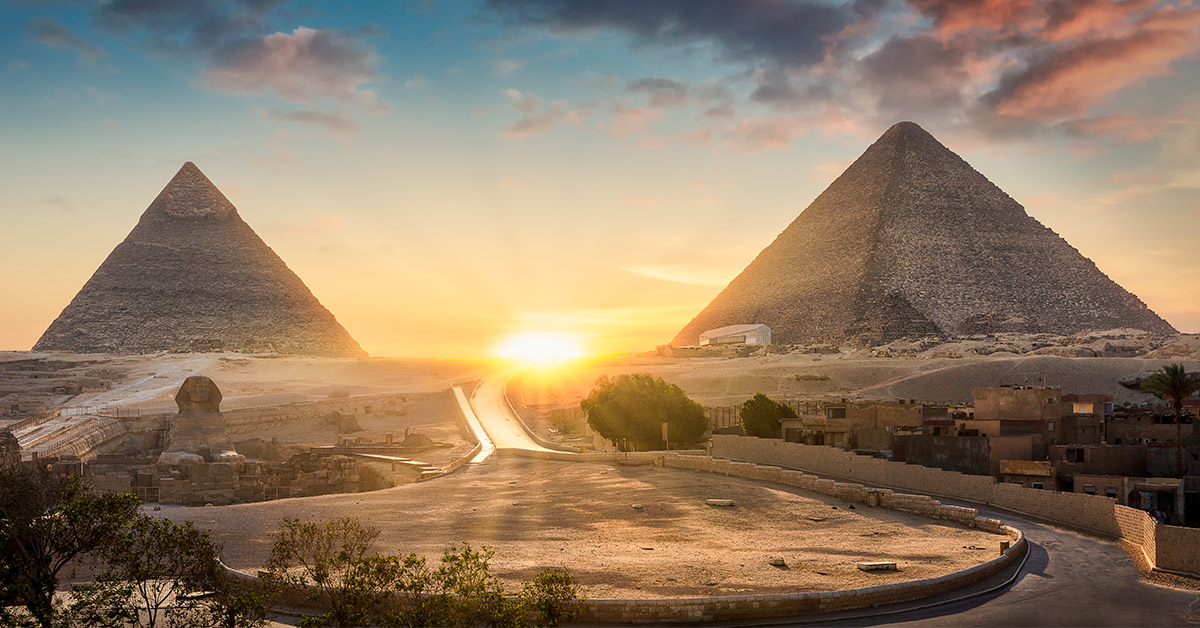
How much do you know about the history of dentistry?
Everyone knows that today’s dental industry is continually exploding with innovation that leads to new and exciting developments to better take care of oral health. But the history of dentistry is just as fascinating. In fact, as far back as 5000 B.C. there are texts describing tooth decay and its effect on oral health!
There’s a treasure trove of information about the history of dentistry out there, but we found some tidbits that were particularly interesting to share. So next time you’re figuratively or literally around the water cooler, feel free to spread the word about these nine interesting historical dental facts.
- The earliest known reference of someone as a dental professional is on the tomb of an Egyptian scribe named Hesy-Re from around 2600 BC. An inscription on his tomb read “the greatest of those who deal with teeth, and of physicians.”
- There is evidence of dental implants as far back as 2000 BC. Remains from ancient China were found to have carved bamboo pegs in the place of missing teeth. The earliest known metal implant was found in the remains of an Egyptian king from around 1000 BC—a copper peg had been hammered into his upper jaw.
- A coarse paste comprised of “one drachma (about 0.01oz) of rock salt, two drachmas of mint, one drachma of dried iris flower and 20 grains of pepper” is believed to be the first recorded toothpaste recipe. It was written around 400 AD and created a gritty mixture that was light years ahead of any other known substance for effectively cleaning teeth at the time.
- The first known bristle toothbrushes (similar to what we use today) were invented in China in 1498. These brushes consisted of handles made from either bamboo or bone, and the bristles were coarse hairs from a boar’s neck.
- Both Hippocrates and Aristotle wrote extensively about dentistry, including suggestions for treating decayed teeth and gum disease. They also recommended using wires to stabilize loose teeth or fractured jaws—a precursor to today’s wire braces.
- Ancient Mayans expressed themselves with bejeweled teeth. They would chip out small amounts of enamel and glue in colorful gems. The effect would have been quite interesting to look at, but without modern anesthesia also very painful.
- Paul Revere (of “The British are coming!” fame) practiced dentistry at one point. Due to his dexterity from working as a craftsman, one of his skills was providing patients with dentures crafter from walrus ivory or other animal teeth.
- During the Civil War there was more than one secession. After southern states seceded to become the Confederate States of America, southern dentists left the ADA (American Dental Association) to create the Southern Dental Association (SDA) in 1869. After the North won the war these dentists rejoined their northern dental neighbors and in 1922 the ADA was fully restored.
- In 1905 Novocain was invented as a fast-acting anesthesia to use on soldiers injured during war time. However, it ended up being much more popular for dental procedures, which is why it’s so prevalent in dentistry today.
The dental industry is truly a fascinating one. And these facts stand to show that—just like today—our ancestors knew that maintaining oral health and comfort was essential to overall well-being. If you’ve got any more fun or interesting facts let us know. You can never learn too much!

